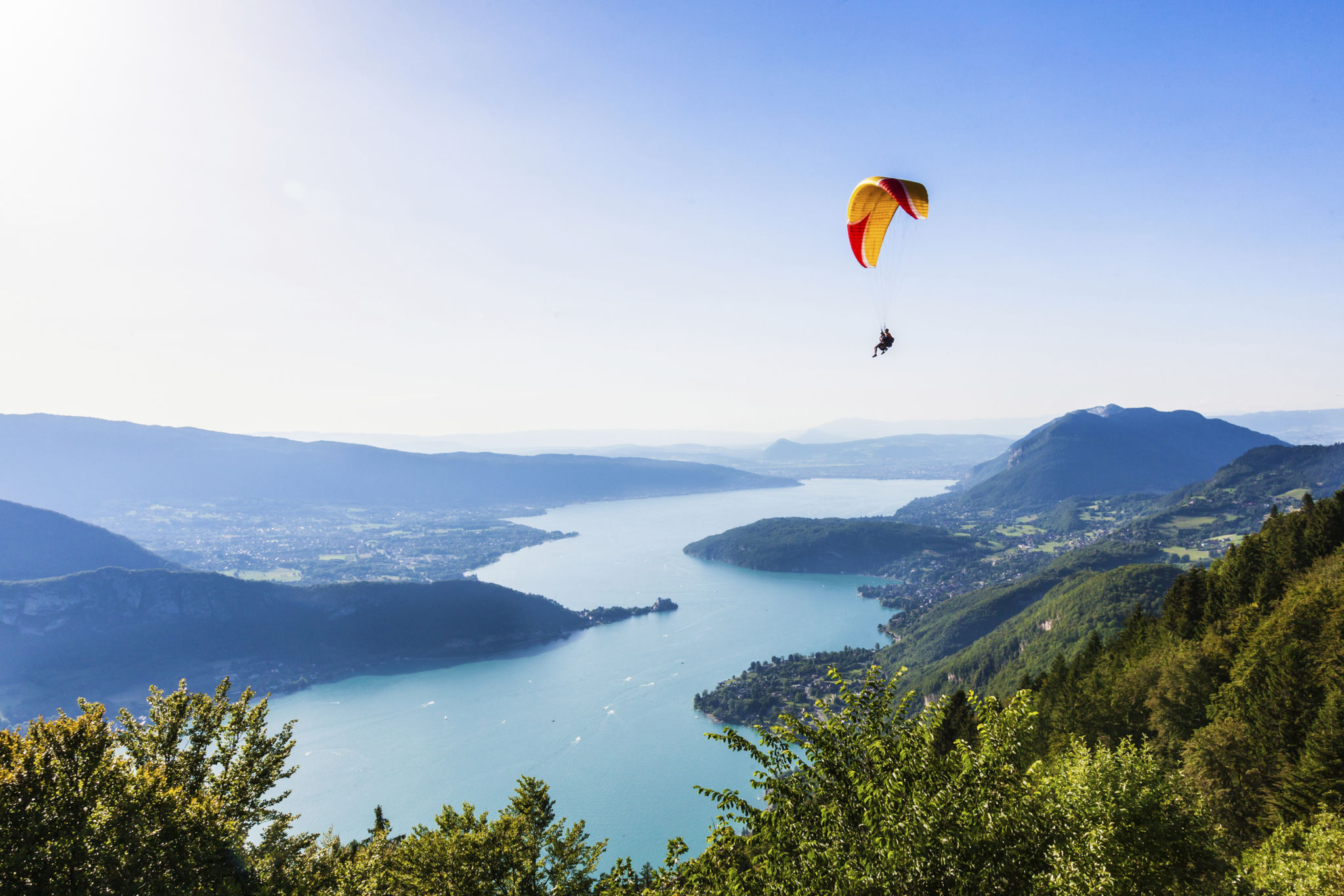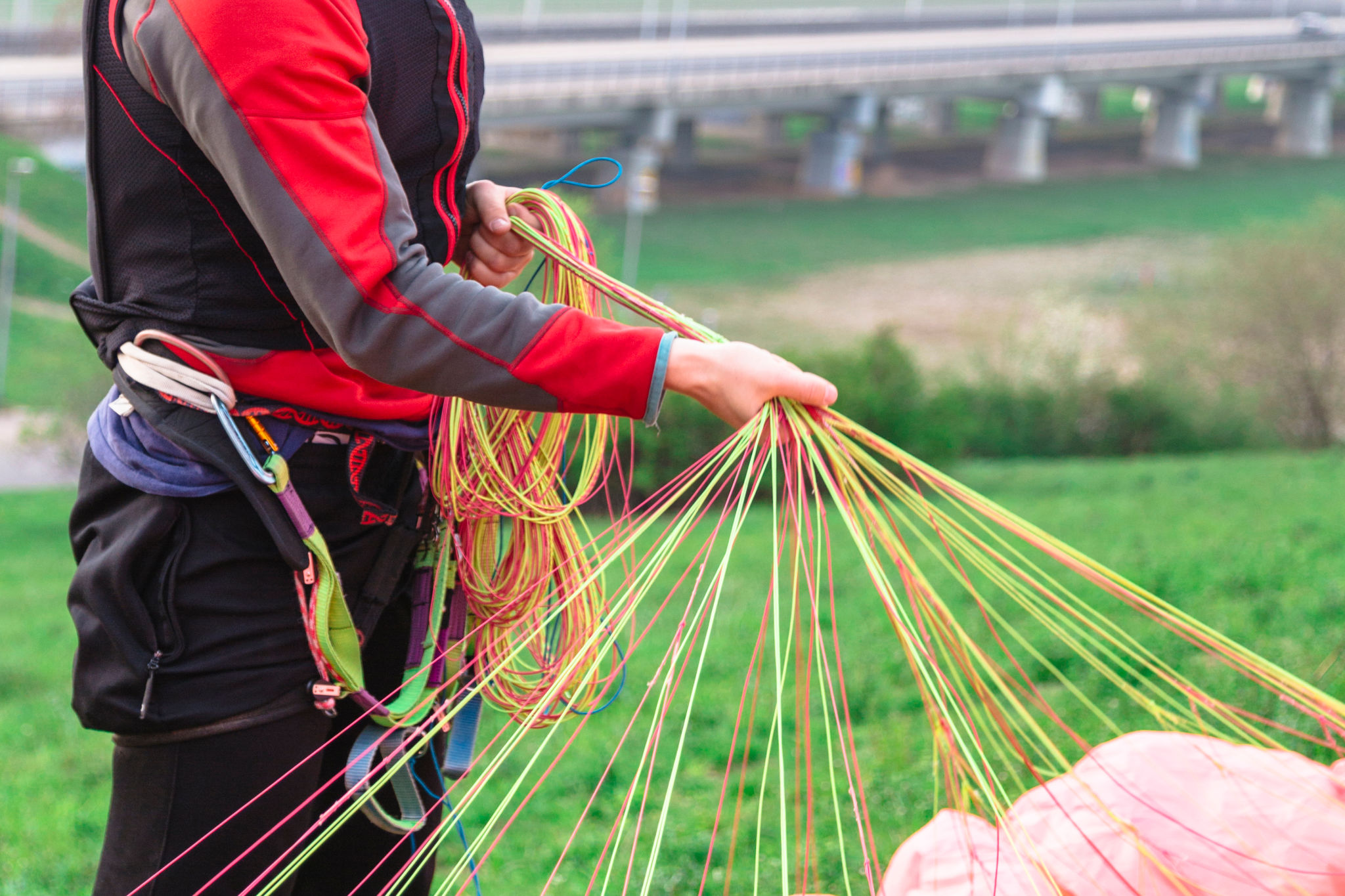Understanding the Weather: How Conditions Affect Paragliding in Israel
Introduction to Paragliding in Israel
Paragliding in Israel is a thrilling experience that attracts both locals and tourists alike. The country's diverse landscapes, from the Mediterranean coastline to the rugged hills of the Galilee, provide a stunning backdrop for this exhilarating sport. However, understanding the weather conditions is crucial for ensuring a safe and enjoyable flight.
The weather in Israel can vary significantly throughout the year, influencing the paragliding experience. Knowing how different weather conditions affect paragliding can help enthusiasts plan their flights more effectively and ensure safety while soaring through the skies.

Seasonal Weather Patterns
Spring and Autumn
Spring and autumn are generally considered the best seasons for paragliding in Israel. During these times, the weather is mild, with moderate winds and pleasant temperatures. This creates ideal conditions for smooth and stable flights. The skies are usually clear, offering breathtaking views of Israel's natural beauty.
Summer
In contrast, summer in Israel brings hot temperatures and stronger thermal activity. While this can be advantageous for experienced pilots seeking higher altitudes, it can also pose challenges. Pilots must be well-prepared to handle stronger winds and increased turbulence, which can make flights more demanding.

Wind Conditions
Wind is a critical factor in paragliding, as it directly influences lift and control. In Israel, coastal winds can vary significantly based on location and time of year. Generally, a steady breeze between 10-25 km/h is ideal for paragliding. Understanding local wind patterns is essential for planning a successful flight.
Coastal Winds
The Mediterranean coast experiences sea breezes that can create excellent paragliding conditions. However, pilots should be aware of potential changes in wind direction and strength throughout the day. Properly timing take-offs and landings is crucial to avoid complications caused by shifting winds.

Weather Hazards to Consider
Paragliders must always be aware of potential weather hazards that could impact their flights. Some of these include:
- Turbulence: Areas with rough terrain or rapid temperature changes can create turbulence that may disrupt flights.
- Rain: Rain not only affects visibility but also increases the weight of the paraglider, making it harder to control.
- Thunderstorms: These should be avoided at all costs due to the severe turbulence and wind shifts they bring.
Conclusion: Safe Paragliding Practices
For those eager to experience paragliding in Israel, understanding the weather is paramount to ensuring both safety and enjoyment. By paying attention to seasonal patterns, wind conditions, and potential hazards, pilots can make informed decisions that enhance their flying experiences.
Always consult local weather forecasts and seek advice from experienced pilots or local paragliding clubs before embarking on a flight. With careful planning and awareness, paragliding in Israel can be a memorable adventure filled with awe-inspiring views and thrilling sensations.

